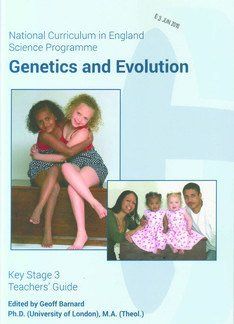Christian Education Europe has produced a guide to help teachers wishing to present a balanced view of the theory of evolution in their Key Stage 3 biology lessons. It examines the scientific evidence and shows why some scientists deem it to be consistent with the idea that God created living things. The authors also highlight inconsistent evidence ‘for’ evolution and the idea of a common ancestor for all living things.
They cover all the key points and show how biologists in the eighteenth and nineteenth centuries founded the fields of genetics and taxonomy with a biblical perspective. From Mendel to modern developments, the principles of genetics are well explained and observed limits to variation and change are discussed. Importantly, they point out how Linnaeus — a Bible-believing Christian — changed his position on the fixity of species in the light of biological evidence.
There are a number of minor details which, in the opinion of this reviewer, detract from the overall quality. For example, in figure 3, ovule is confused with eggs, when in fact the eggs are contained within the ovule; or, on page 22, case study 2 is referred to as observed natural selection, when it is in fact presented as a hypothetical case, so cannot be used as evidence of loss of genetic information.
However, these do not inhibit the usefulness of the booklet within the context of Christian schooling. Prospective readers should be aware, nonetheless, that any such errors would be seized upon by evolutionists.
Minor quibbles aside, this booklet is a useful guide to the evidence that should be discussed in all Key Stage 3 biology classes when teaching the genetics and evolution module.
Dr Marc Surtees
Edinburgh








